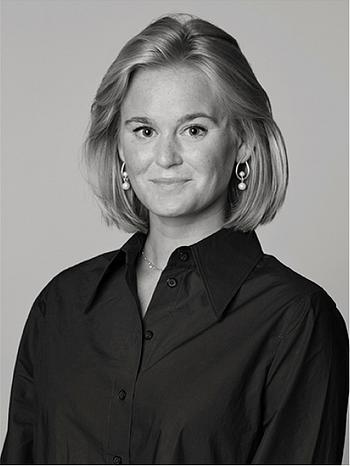Isaac Grünewald
"Ateljéinteriör"
Signed Isaac. Executed 1919. Panel 55 x 37.5 cm.
Provenance
Doctor Sune Almqvist.
Thence by descent to the present owner.
Exhibitions
Hamburg, Lübeck , Berlin, 1926.
Liljevalchs Konsthall, Stockholm, "Samlarnas utställning", 23 January - 17 February, 1937, cat. no 178.
Nationalmuseum, Stockholm, "Den unga expressionismen", 1944.
Liljevalchs Konsthall, Stockholm, "Det sjungande trädet", 1989, cat. no 84B.
Norrköpings Konstmuseum, Norrköping, "Det sjungande trädet", 19 November 1989 - 28 January 1990.
Borås Konstmuseum, Borås, "Det sjungande trädet", 11 February - 8 March, 1990.
More information
Isaac Grünewald and Sigrid Hjertén moved from the small attic on Kornhamnstorg to a combined studio and apartment on Katarinavägen in 1912. Their residence was located on the top floor with an expansive view of Stadsgården, Strömmen, and Slussen. It was an enchanting source of inspiration for two enthusiastic artists hungry to build on the knowledge they gained during their time with Matisse in Paris. In the Katarinavägen studio, they created many Stockholm views with various perspectives and angles over the years. However, the artist sometimes chose to depict the interior and everyday life with the family from their home or studio.
The late 1910s marked a significant period in Grünewald's career and have become synonymous with the advent of modernism in the Swedish art scene. It was at Expressionistutställningen in 1918 at Liljevalchs, where he, along with Sigrid Hjertén and Leander Engström, exhibited 297 of their own works, spreading the message of modernism. Reviews were mixed, and the exhibition became a turning point in Swedish art politics in many ways. Today, the works created during this period are considered some of the best in the artist's production.
The current studio interior composition enables Isaac to skillfully use curves and colors to create harmony. The focal point is Sigrid's darker figure in contrast to the bright empty canvas on the easel. The earthy palette with shades of purple, blue, yellow, and pink is typical of this period.
It's clear and well-known that Isaac Grünewald drew inspiration from his mentor, Matisse, in Paris. He was the Swedish artist who primarily embraced his teachings, although he maintained a distinct Nordic character. Grünewald is often mentioned as a Matisse disciple, but he could also be called a Cézanne disciple. When he studied under Matisse, he also employed Cézanne's principles to construct a painting. "Just as Cézanne put color next to color next to color, he (Grünewald) sought form with a richly faceted perception. He built his forms like scales upon scales upon scales and clothed them in a color-shimmering robe. He constructed colors in a light scale of contrasts and harmonies, attempting to fill every centimeter with light" (J.P Hodin, "Isaac Grünewald, Stockholm 1949, pages 45-46).
"Ateljéinteriör" is a fine example of how well Isaac Grünewald internalized Cézanne's theories about form (viewing nature through cylinders, spheres, and cones), color, and light. Grünewald demonstrates his masterful ability to juxtapose warm and cool colors in the everyday scene where Sigrid stands ready to begin a new painting in the studio. Painting each other was, of course, a practical solution as they struggled to make ends meet and lacked the funds to hire models.




























